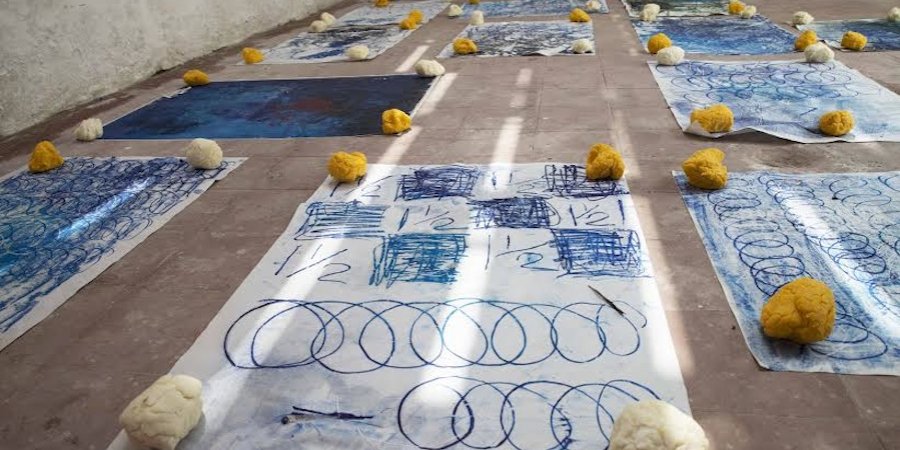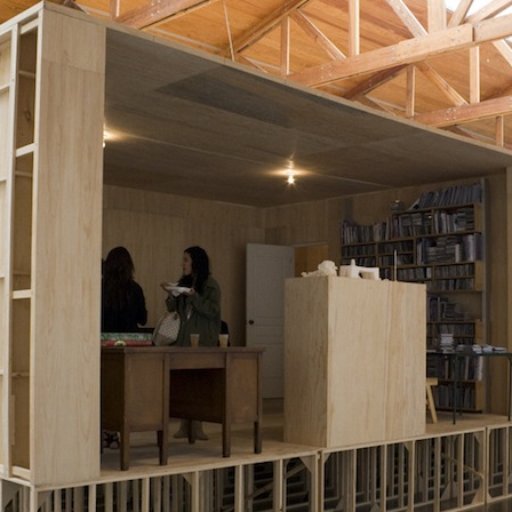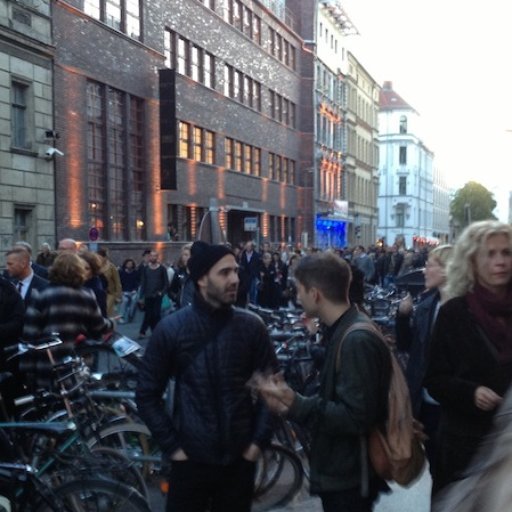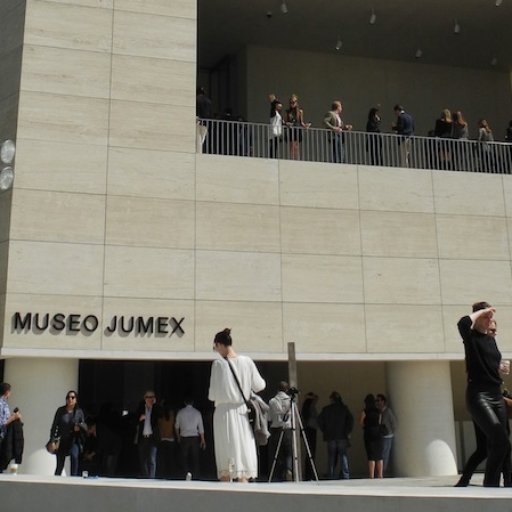Cartagena, a city where archeologists discovered civilizations dating back to 4000 BC—predating all other Colombian denizens. A city that held the three seats of the Inquisition in the Americas (it was christened after the Spanish city of the same name), and one of only two cities authorized to sell slaves in the 17th century. A city once colonized, whose walled center was designated a UNESCO World Heritage Site in 1984.
It is a city famously full of ghosts. Built on the bones of the dead that came before,
The history of this city is not lost on Berta Sichel, the inaugural curator of the new Bienal Internacional Arte Contemporáneo Cartagena de Indias (BIACI), which opened last week to an international art crowd that descended on the coastal metropoli.
Sichel hails from São Paulo, where she worked with the São Paulo International Biennial and later with Aperto 93 at the Venice Biennial. From 2000 to 2011 she was the director of the film and video department at the Reina Sofia Museum in Madrid. With a masters in media ecology and a PhD in communications from New York University—as well as such awards as a1998 Guggenheim Fellowship in Humanities/Fine Art Research—Sichel comes highly recommended to her post, with a background is as diverse as Cartagena’s.
When we spoke, it was over chilled white wine at a celebratory dinner atop one of the city’s many trendy hotel rooftop bars, while medieval cathedral domes reflected the glow of high-pressure sodium street lamps. The BIACI team was celebrating the close of a whirlwind six weeks, during which artists from 45 countries and their assistants converged on the city to inspect their exhibition spaces, install, meet the team, and party with the local. The international press was leaving the next morning, and consensus held that Cartagena’s first-ever biennial had achieved success. Hard-fought, perhaps—but in this city, what isn’t? An installation view of Casa 1537
An installation view of Casa 1537
One of the challenges of Cartagena is that it boasts no contemporary art museum. The only art institution is the Museo Arte Moderno de Cartagena, housed in a two-story, open-air building that had once functioned as a salt distribution center. The levels of soil salinity are so high that the museum is unable to take on any acquisitions for fear the works will be damaged over time.
This challenged biennial curators to work around what Sichel calls “blind spots”—obstacles ranging from high temperatures to humidity, meaning there could be no works on paper and very few photographs. “I had to get creative,” says Sichel. Available exhibition spaces were stylistically miles away from the traditional white box: small chapels, which before had before been the sights of AA meetings and daycare centers, were now being repurposed for use by local and international artists.
The entire urban landscape was activated by multidisciplinary exhibitions in diverse venues dotted throughout the city, including a number of installations and performance in public spaces. Programming also featured a solid slate of educational conferences, artist talks, and workshops, all free and open to the public. “The Museum of Inquisition was one of the only spaces in which I knew early on I wanted to place work,” Sichel explained. “The history of the inquisition made it hard to choose pieces for the space, because you can’t just put any work there—it’s a powerful history to contend with."
"I knew of Terry Berkowitz’s The Last Supper, because in 1999 she had an installation in Barcelona, but the location had nothing to do with the inquisition," Sichel continued. "When and I invited Terry, she suggested making a whole new body of work, but I said, ‘No, instead you will rethink how you show the work in this space.’ When you see the work here, you see how it feels different from the Barcelona exhibition, and that is because of the history and the power of the space. I wanted to install works that deal with loss, trauma, displacement, and the intangible.” 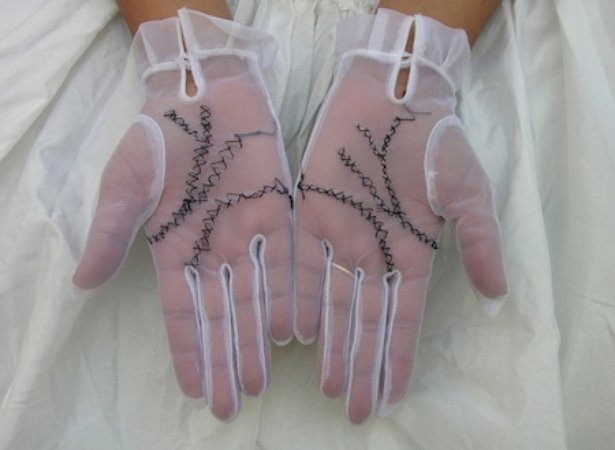 Beth Moysés's Reconstruyendo Sueños
Beth Moysés's Reconstruyendo Sueños
The second floor of the museum houses Reconstruyendo sueños, a performance piece by Beth Moysés that involves battered women who were asked to embroider laugh lines on the gloves they wore. “I didn’t want to include so-called ‘political art’—I was looking for work with political, historical and social meaning,” Sichel said. “I wasn’t looking for burning flags. I wanted the viewer to find their way on their own.”
The Casa 1537 space, an old monastery, became a site in which to examine the relationship between indigenous peoples and the colonial occupiers. A work by Asta Gröting, entitled Kartoffeln, sits in a corner upstairs and features golden potatoes stacked one on top of another, a commentary on the Peruvian potatoes that have been a staple in European meals for centuries.
 Asta Groting's Kartoffein (Potatoes)
Asta Groting's Kartoffein (Potatoes)
Sichel also hosted an open call, choosing nine Colombian artists to participate alongside their international cohorts. Minimalist works by José Olano, discovered in the open call, stood out as a revelation, as well as better known artists from the region, such as the young art star Oscar Murillo, who took over a crumbling house in the historic district and filled it with paintings and video work, all of which are open to the elements and reference his native La Paila.
 Jose Olano's installation
Jose Olano's installation
When asked how important it is that the international art world takes notice of the show, Sichel simply responded, “This biennial is important, not because of the few hundred people who already know about contemporary art, but because many people in Cartagena have the chance to see it for the first time. People from the outskirts of town are here as well as school children. I had my doubts when I arrived, and I have no idea who the next curator will be, but I hope this biennial left a foundation, especially for the families here.”
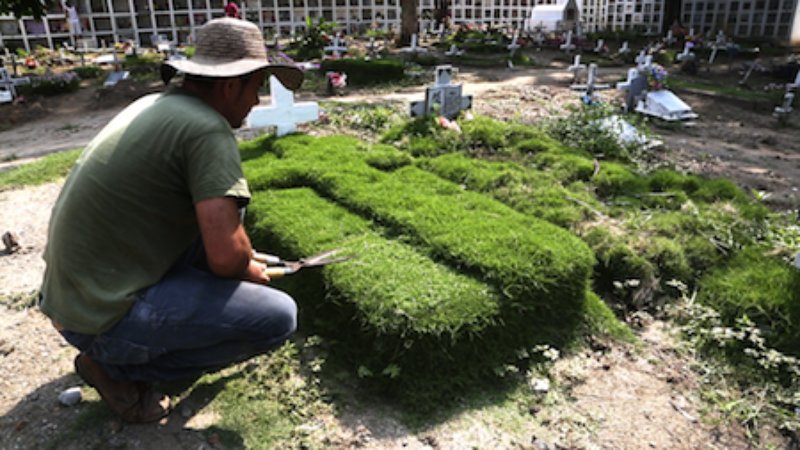
In many ways, this biennial positioned Cartagena itself as an interlocutor, insisting that viewers to explore its rich and challenging history. Built on the skeletons of the dead, Cartagena is making room for new life, a seed planted and nurtured by art, an occasion to give this city the chance to name itself.











